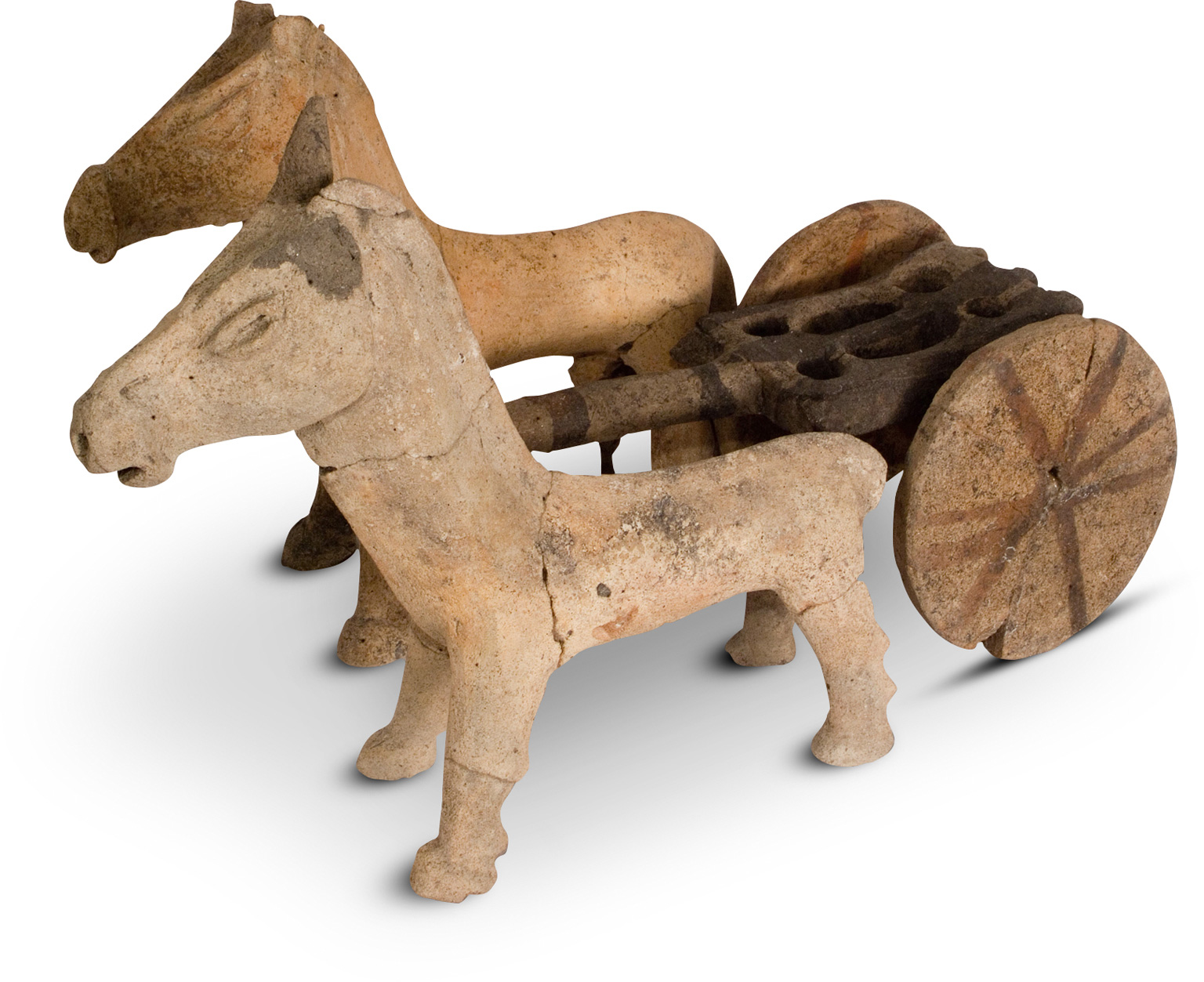MUSEUMS AND GALLERIES
1.Museo di San Martino, Naples
This monastery complex is home to several collections of art. The Pinacoteca, comprising part of the Prior’s Quarters, is notable for its works from the Renaissance and Baroque eras, many commissioned for the monastery. On the upper floors, 19th-century works convey the look and feel of Naples in the days of Italian Unification. A section devoted to Nativity scenes demonstrates the power and beauty of this Neapolitan art form.

18th-century Nativity scene, Museo di San Martino, Naples
2.Museobottega della Tarsialignea, Sorrento
 Via S Nicola 28 • 081 877 19 42 • Open Apr–Oct: 10am–6:30pm daily; Nov–Mar: 10am–5pm daily • Adm
Via S Nicola 28 • 081 877 19 42 • Open Apr–Oct: 10am–6:30pm daily; Nov–Mar: 10am–5pm daily • Adm Sorrento is known for its fine inlaid wood furniture and objects (intarsio) and this museum is devoted to the delicate art. The collection is housed in a beautiful restored palace.

Inlaid wood desk at the Museobottega della Tarsialignea
3.Museo Archeologico, Naples
An insurpassable museum for the range and beauty of its Greco-Roman art, with important pieces unearthed in Rome and in towns around Vesuvius. The experience is a total immersion in the life of the ancients – their religious beliefs, sports, eating habits, and even their erotic peccadilloes (for further details see Museo Archeologico Nazionale, Naples).
4.Capodimonte, Naples
This world-class museum also owes its main masterpieces to the Farnese Collection. Paintings run the gamut from medieval to contemporary; the porcelain collection also shouldn’t be missed (for further details see Capodimonte, Naples).
5.Pinacoteca Girolamini, Naples
 Via Duomo 142 • Open 9am–12:30pm Mon–Sat
Via Duomo 142 • Open 9am–12:30pm Mon–Sat For Neapolitan Baroque lovers, this little-known gallery is a must. Part of a monastic complex, there are fine works by Caracciolo, Vaccaro, Giordano and Ribera.
6.Museo Nazionale della Ceramica Duca di Martina, Naples
 Via Cimarosa 77 • Open 8:30am–2pm; closed Tue • Adm • DA • www.coopculture.it
Via Cimarosa 77 • Open 8:30am–2pm; closed Tue • Adm • DA • www.coopculture.it Naples is famous for fine ceramic production and this museum provides rich amplification of the theme. Not only are exquisite Italian pieces found here, by Capodimonte and Ginori artisans, but also there are creations by the factories of Meissen, Limoges, Sèvres and Saint-Cloud. Majolica works, from medieval times onwards, are also well represented, and the collection of Chinese and Japanese ceramics, from as far back as the T’ang Dynasty, is one of the country’s best.
7.Museo della Carta, Amalfi
This fascinating museum, which is set in a paper mill, preserves one of Europe’s first papermaking factories. Visitors can see the original stone vats and machinery downstairs, and there’s also an interesting exhibit tracing the history and technical development of the paper industry over the centuries (for further details see Museo della Carta, Amalfi).
8.Museo Diego Aragona Pignatelli Cortes, Naples
 Riviera di Chiaia 200 • Open 8:30am–7pm Wed–Mon • Adm
Riviera di Chiaia 200 • Open 8:30am–7pm Wed–Mon • Adm The striking Neo-Classical Villa Pignatelli was built in 1826 by Pietro Valente for the Acton family. The Rothschilds acquired the villa 20 years later, then Prince Diego Aragona Pignatelli Cortes bought it and renamed the house. In 1952 his granddaughter donated it to the Italian state. The loveliest rooms are the red hall furnished in Louis XVI style, the smoking room with leather-lined walls and the ballroom with its large mirrors and magnificent chandeliers. Also of particular interest is the Coach Museum. Today, the Villa Pignatelli often plays host to temporary exhibitions and concerts.
9.Museo Archeologico di Pithecusae, Ischia
 Corso Angelo Rizzoli 210, Lacco Ameno • 081 99 61 03 • Open 9:30am–1:30pm; closed Mon • Adm
Corso Angelo Rizzoli 210, Lacco Ameno • 081 99 61 03 • Open 9:30am–1:30pm; closed Mon • Adm Housed in the 18th-century Villa Arbusto, exhibits illustrate the history of ancient Ischia, from prehistoric to Roman times. Many objects date back to the 8th century BC, when Ischia was settled by Greeks. The most famous pots were found at a nearby necropolis; among these are a typical late geometric krater, decorated with a shipwreck scene.

Museo Archeologico di Pithecusae figurine
10.Museo Archeologico, Paestum
Among this museum’s beautiful treasures are ancient Greek tomb paintings that were only discovered on the site in 1968. Other finds include bronze vases, terracotta votive figures and various funerary furnishings (for further details see Paestum).

Tomb painting, Museo Archeologico, Paestum


